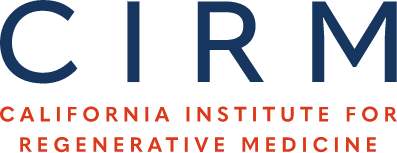Atoh1(+) secretory progenitors possess renewal capacity independent of Lgr5(+) cells during colonic regeneration.
Publication Year:
2019
PubMed ID:
30635334
Funding Grants:
Public Summary:
During homeostasis, the colonic epithelium is replenished every 3-5 days by rapidly cycling Lgr5 (+) stem cells. However, various insults can lead to depletion of Lgr5 (+) stem cells, and colonic epithelium can be regenerated from Lgr5-negative cells. While studies in the small intestine have addressed the lineage identity of the Lgr5-negative regenerative cell population, in the colon this question has remained unanswered. Here, we set out to identify which cell(s) contribute to colonic regeneration by performing genetic fate-mapping studies of progenitor populations in mice. First, using keratin-19 (Krt19) to mark a heterogeneous population of cells, we found that Lgr5-negative cells can regenerate colonic crypts and give rise to Lgr5 (+) stem cells. Notch1 (+) absorptive progenitor cells did not contribute to epithelial repair after injury, whereas Atoh1 (+) secretory progenitors did contribute to this process. Additionally, while colonic Atoh1 (+) cells contributed minimally to other lineages during homeostasis, they displayed plasticity and contributed to epithelial repair during injury, independent of Lgr5 (+) cells. Our findings suggest that promotion of secretory progenitor plasticity could enable gut healing in colitis.
Scientific Abstract:
During homeostasis, the colonic epithelium is replenished every 3-5 days by rapidly cycling Lgr5 (+) stem cells. However, various insults can lead to depletion of Lgr5 (+) stem cells, and colonic epithelium can be regenerated from Lgr5-negative cells. While studies in the small intestine have addressed the lineage identity of the Lgr5-negative regenerative cell population, in the colon this question has remained unanswered. Here, we set out to identify which cell(s) contribute to colonic regeneration by performing genetic fate-mapping studies of progenitor populations in mice. First, using keratin-19 (Krt19) to mark a heterogeneous population of cells, we found that Lgr5-negative cells can regenerate colonic crypts and give rise to Lgr5 (+) stem cells. Notch1 (+) absorptive progenitor cells did not contribute to epithelial repair after injury, whereas Atoh1 (+) secretory progenitors did contribute to this process. Additionally, while colonic Atoh1 (+) cells contributed minimally to other lineages during homeostasis, they displayed plasticity and contributed to epithelial repair during injury, independent of Lgr5 (+) cells. Our findings suggest that promotion of secretory progenitor plasticity could enable gut healing in colitis.



